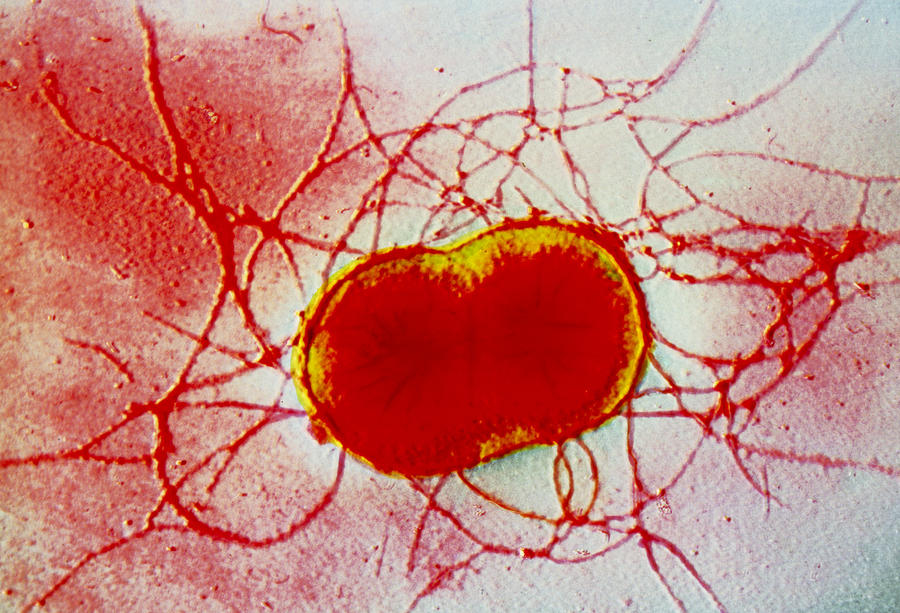

mirabilis infection often leads to encrustation and blockage of catheters in these individuals, which if unnoticed, can result in the reflux of infected urine to the upper urinary tract and serious clinical symptoms including pyelonephritis, septicaemia, and shock ( Mobley, 1996 Jacobsen et al., 2008 Stickler, 2008, 2014). The opportunistic pathogen Proteus mirabilis is a common cause of catheter-associated urinary tract infections (CAUTIs) and can significantly complicate the care of patients undergoing long-term urethral catheterization ( Mobley, 1996 Stickler, 2008, 2014). Subsequent host range assays confirmed vB_PimP_RS51pmB can infect M. Investigation of wider host-phage evolutionary relationships through tetranucleotide profiling of phage genomes and bacterial chromosomes, indicated vB_PimP_RS51pmB has a relatively recent association with Morganella morganii and other non- Proteus members of the Morganellaceae family. Ecogenomic profiling of all phages revealed no association with human urinary tract viromes, but sequences similar to vB_PimP_RS51pmB were found within human gut, and human oral microbiomes. In contrast, vB_PimP_RS51pmB showed morphology characteristic of the Myoviridae family, with no notable similarity to other phage genomes examined. Podophages characterized in this study were also found to share similarity in genome architecture and composition to other previously described P. The genome sequences of vB_PmiP_RS1pmA, vB_PmiP_RS1pmB, and vB_PmiP_RS3pmA showed these are species of the same phage differing only by point mutations, and are closely related to vB_PmiP_RS8pmA. Transmission electron microscopy (TEM) imaging of phages vB_PmiP_RS1pmA, vB_PmiP_RS1pmB, vB_PmiP_RS3pmA, and vB_PmiP_RS8pmA showed that all share morphologies characteristic of the Podoviridae family. mirabilis, including those shown to reduce biofilm formation, and provide insights regarding the wider ecological and evolutionary relationships of these phages. Here we characterize five phages capable of infecting P. Bacteriophage therapy has been highlighted as a promising approach to control this problem, but relatively few phages infecting P. Proteus mirabilis often complicates the care of catheterized patients through the formation of crystalline biofilms which block urine flow. 10School of Life Sciences, University of Sussex, Brighton, United Kingdom.9School of Pharmacy, University College Cork, Cork, Ireland.




 0 kommentar(er)
0 kommentar(er)
